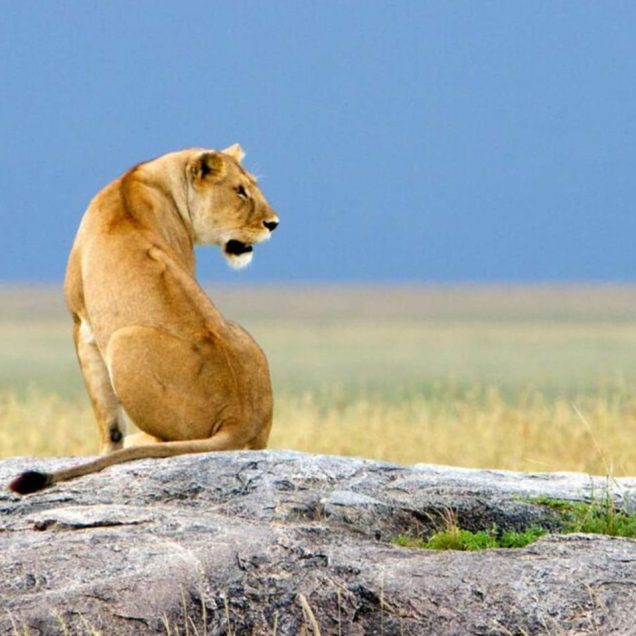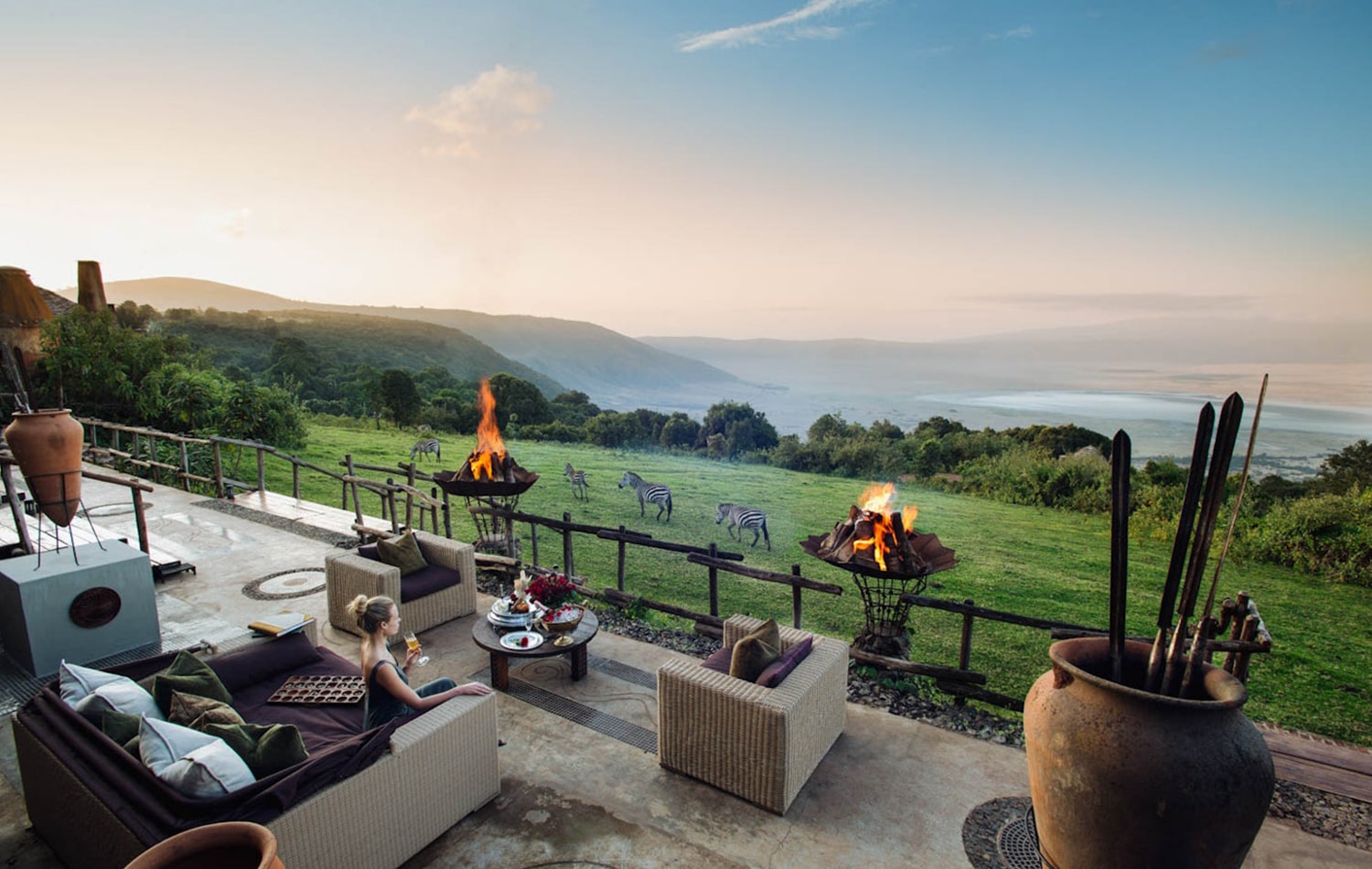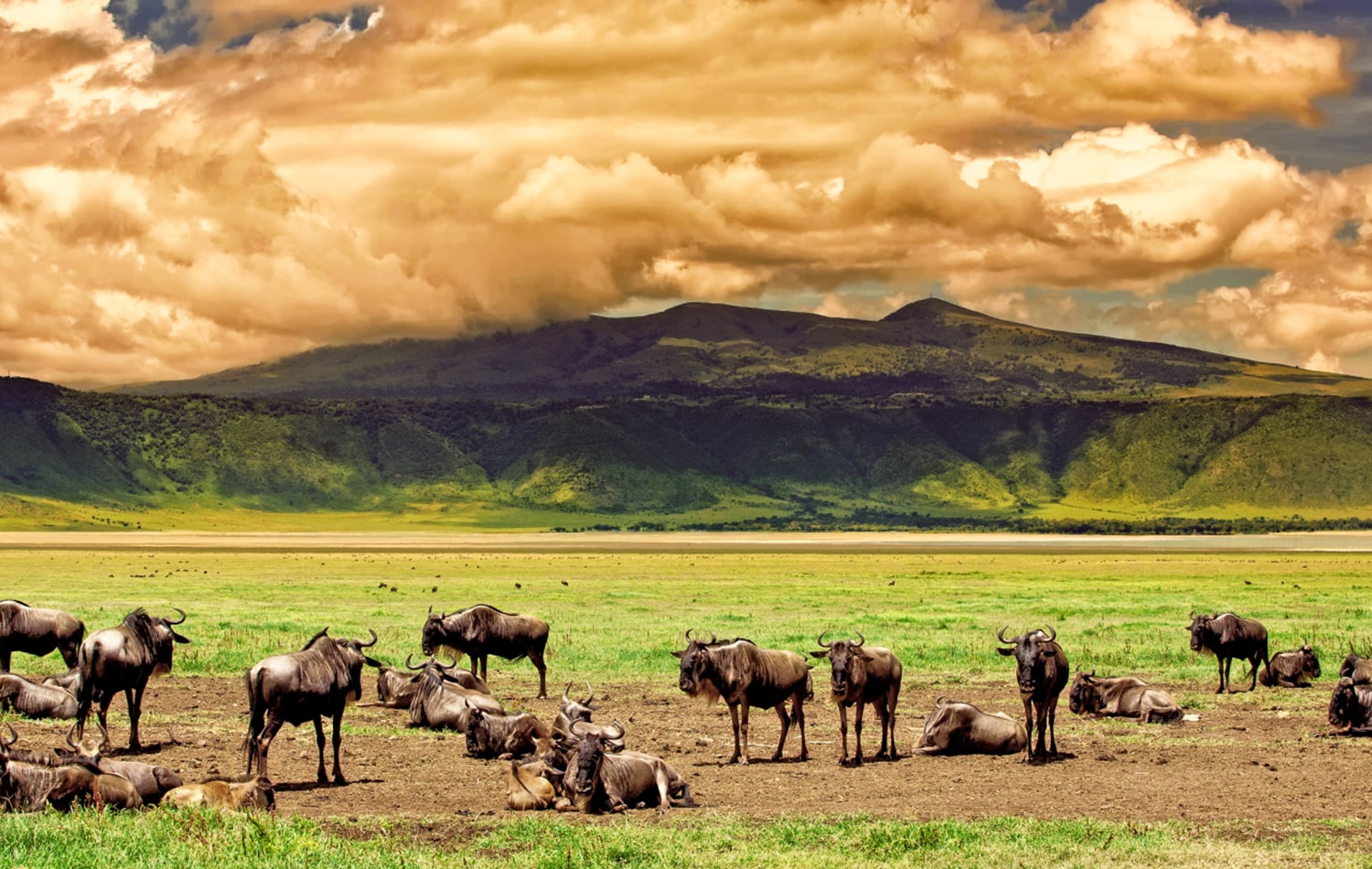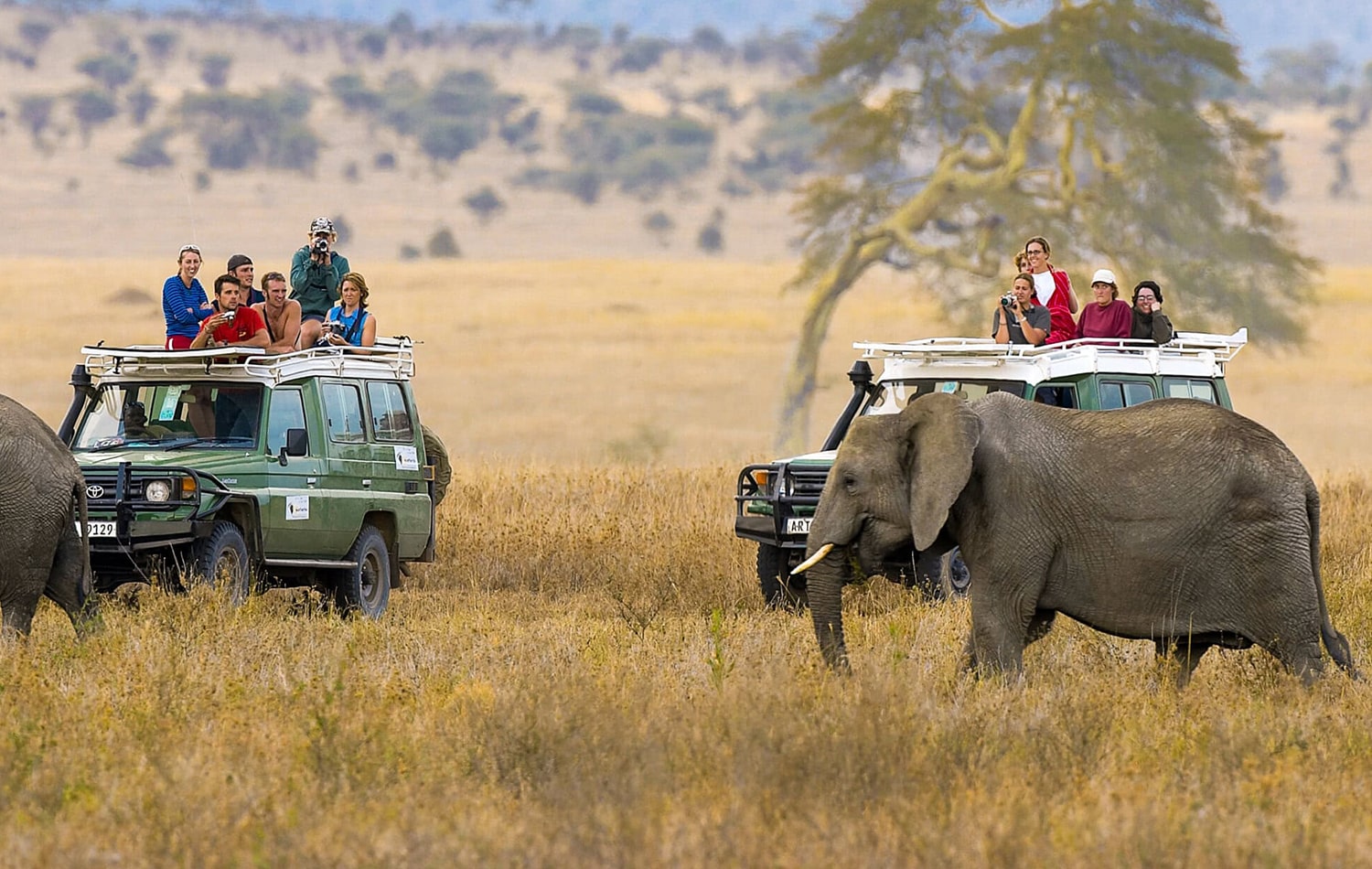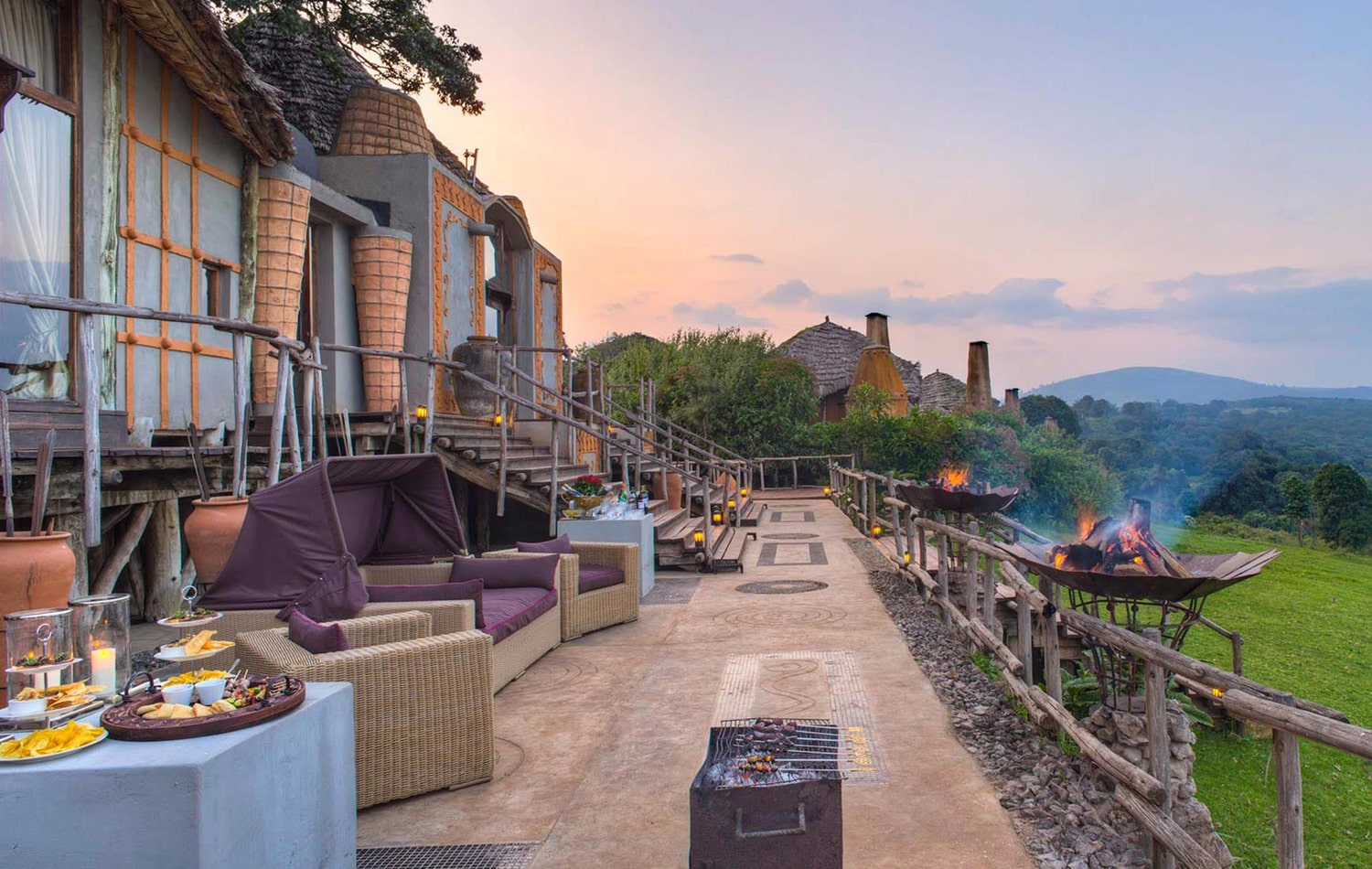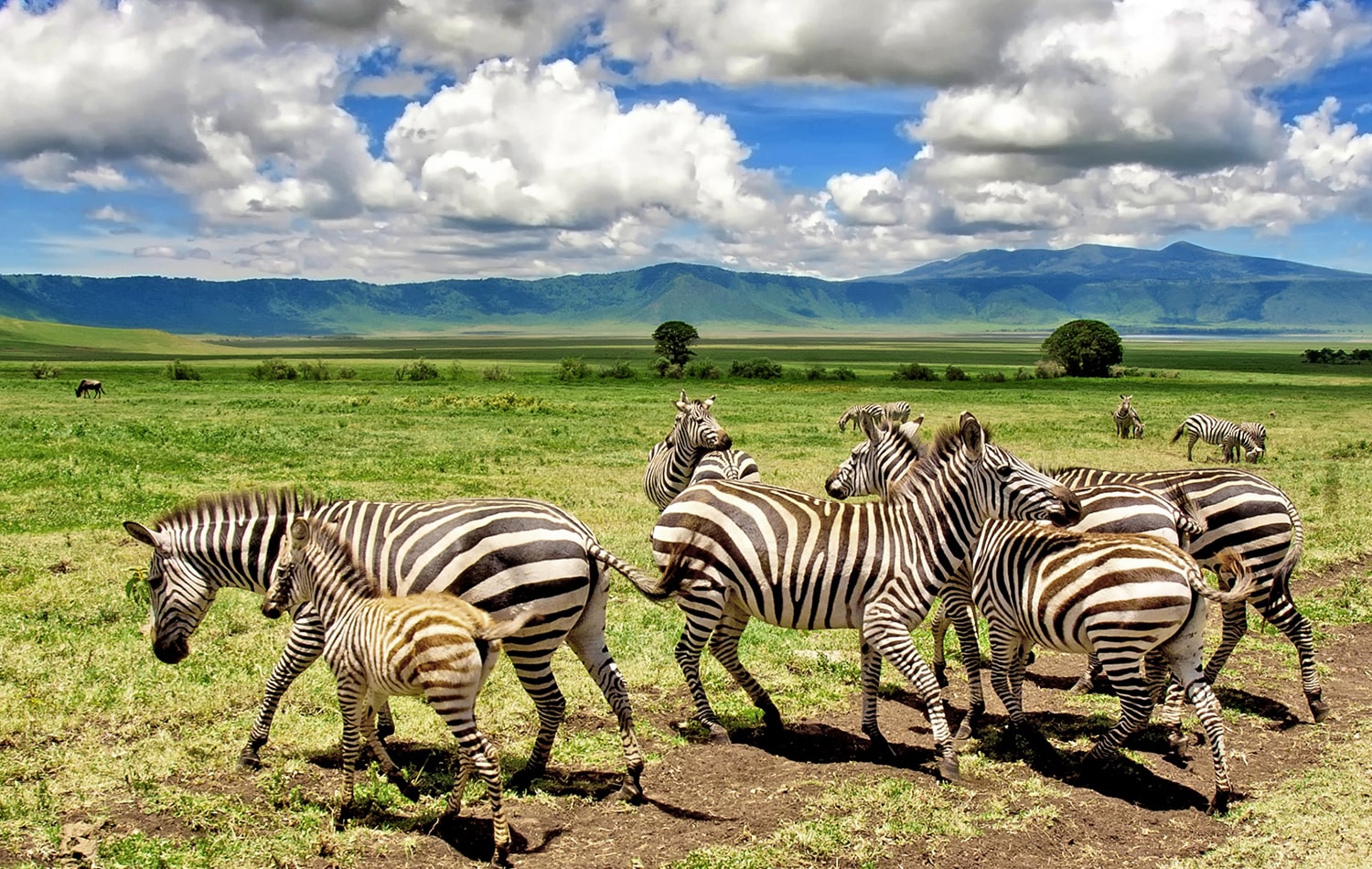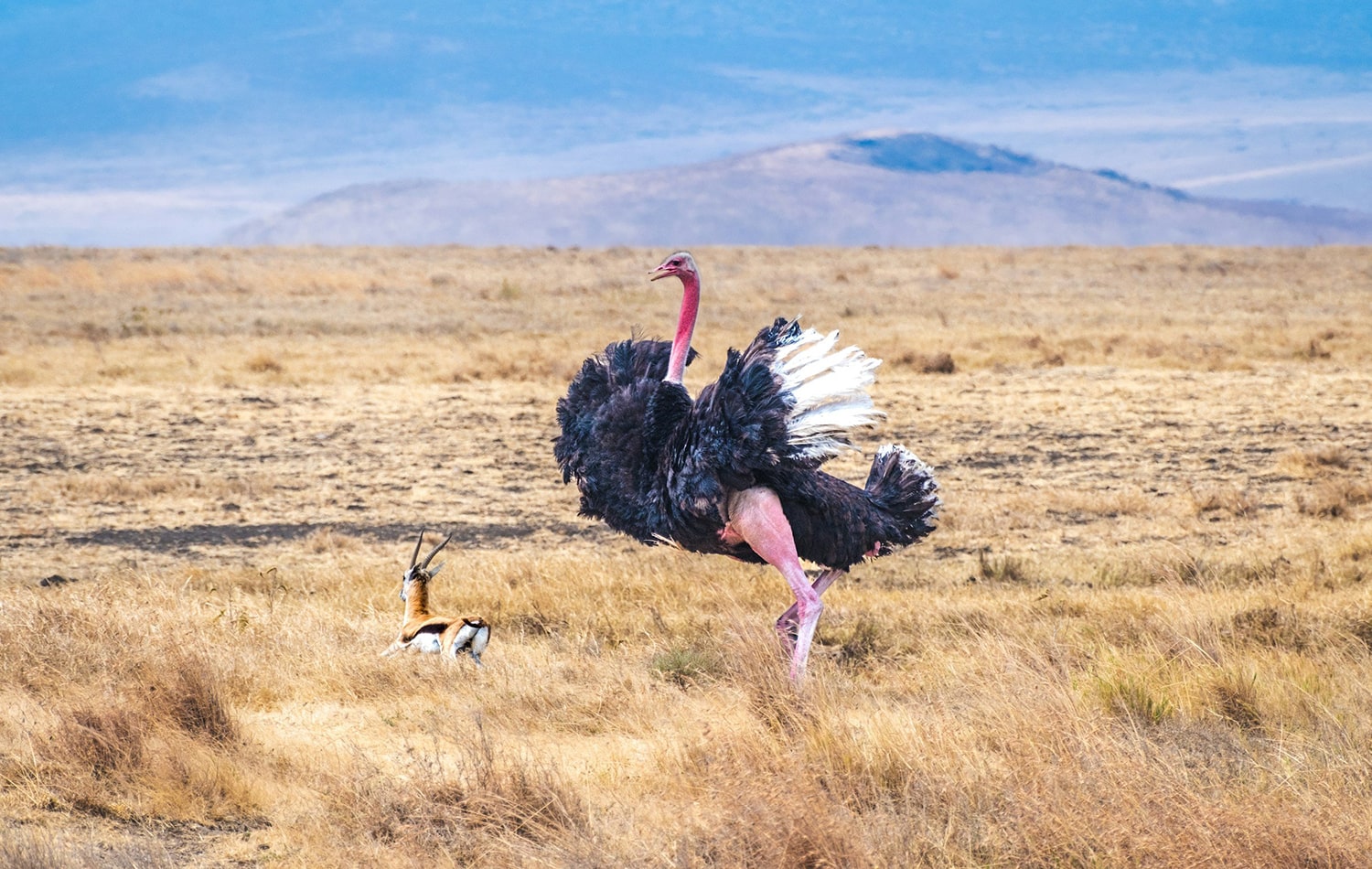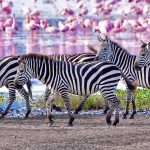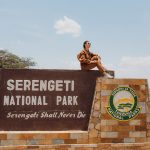

Overview
Ngorongoro Conservation Area in Tanzania is a unique UNESCO World Heritage Site known for the vast Ngorongoro Crater, the world’s largest intact volcanic caldera. This diverse ecosystem supports abundant wildlife, including the Big Five, in a breathtaking landscape of grasslands, forests, and lakes. Home to the Maasai people, it balances conservation with traditional pastoralism, offering unforgettable safari experiences within one of Africa’s most spectacular natural reserves.
Sights
Map
Info
A Unique Conservation Landscape: The Ngorongoro Crater and Beyond
Ngorongoro Conservation Area is a globally renowned UNESCO World Heritage Site in northern Tanzania, celebrated for its extraordinary geological and ecological features. At its heart lies the Ngorongoro Crater, the world’s largest intact volcanic caldera, spanning about 260 square kilometers with steep walls rising up to 600 meters. Formed over two million years ago by a massive volcanic eruption, this natural amphitheater is a spectacular blend of diverse habitats including grasslands, swamps, forests, and freshwater lakes. The crater floor’s rich soils and abundant water sources sustain an incredible density of wildlife, making it one of Africa’s premier safari destinations.
But the conservation area extends far beyond the crater itself, encompassing approximately 8,292 square kilometers of varied landscapes ranging from highland forests and alpine moorlands to savannah plains. This mosaic of ecosystems supports an astonishing variety of flora and fauna, while also serving as the traditional home and grazing grounds for the semi-nomadic Maasai people. Ngorongoro Conservation Area thus exemplifies a rare balance between human culture and nature, where pastoral livelihoods coexist with some of Africa’s most iconic wildlife.
An Abundance of Wildlife: The Big Five and Beyond
The Ngorongoro Crater and surrounding conservation area host one of the densest concentrations of large mammals in Africa. It is famously home to the Big Five—lion, leopard, African elephant, Cape buffalo, and black rhinoceros—offering unparalleled opportunities to witness these majestic creatures in their natural habitat. The crater alone shelters an estimated 25,000 large animals, including large herds of wildebeest, zebra, and Thomson’s gazelle, along with hippos, hyenas, cheetahs, and a thriving population of predators. The crater’s grasslands and woodlands provide abundant grazing, while its freshwater lakes and swamps support hippos and countless bird species.
Speaking of birds, Ngorongoro boasts over 500 species, ranging from flamingos that flock to the soda lakes to raptors like martial eagles and colorful species such as hornbills and turacos. Its rich biodiversity extends to reptiles, amphibians, and over 1,200 plant species, reflecting the varied habitats found across the conservation area. The combination of wildlife density, diversity, and scenic beauty makes Ngorongoro a jewel of East African conservation and a must-visit for safari enthusiasts worldwide.
Cultural Heritage and Sustainable Conservation Efforts
Ngorongoro Conservation Area is unique among Tanzania’s protected areas because it integrates wildlife conservation with human habitation and traditional pastoralism. The Maasai people have lived here for centuries, grazing their cattle on the highland plains and practicing age-old customs deeply connected to the land. Their presence highlights the challenges and successes of sustainable coexistence between humans and wildlife. The area’s management aims to protect the environment and wildlife populations while respecting Maasai land rights and cultural heritage.
Strict regulations govern tourism to minimize environmental impact, including limits on visitor numbers and controlled access to sensitive zones. Conservation initiatives also focus on anti-poaching efforts and habitat preservation. Additionally, the community benefits from tourism through employment, cultural tourism, and education programs, fostering local stewardship. This blend of conservation and culture makes Ngorongoro not just a wildlife haven but a living landscape where nature and people thrive together. Visiting Ngorongoro is an immersive experience into the heart of Tanzania’s natural wonders and rich cultural tapestry.

